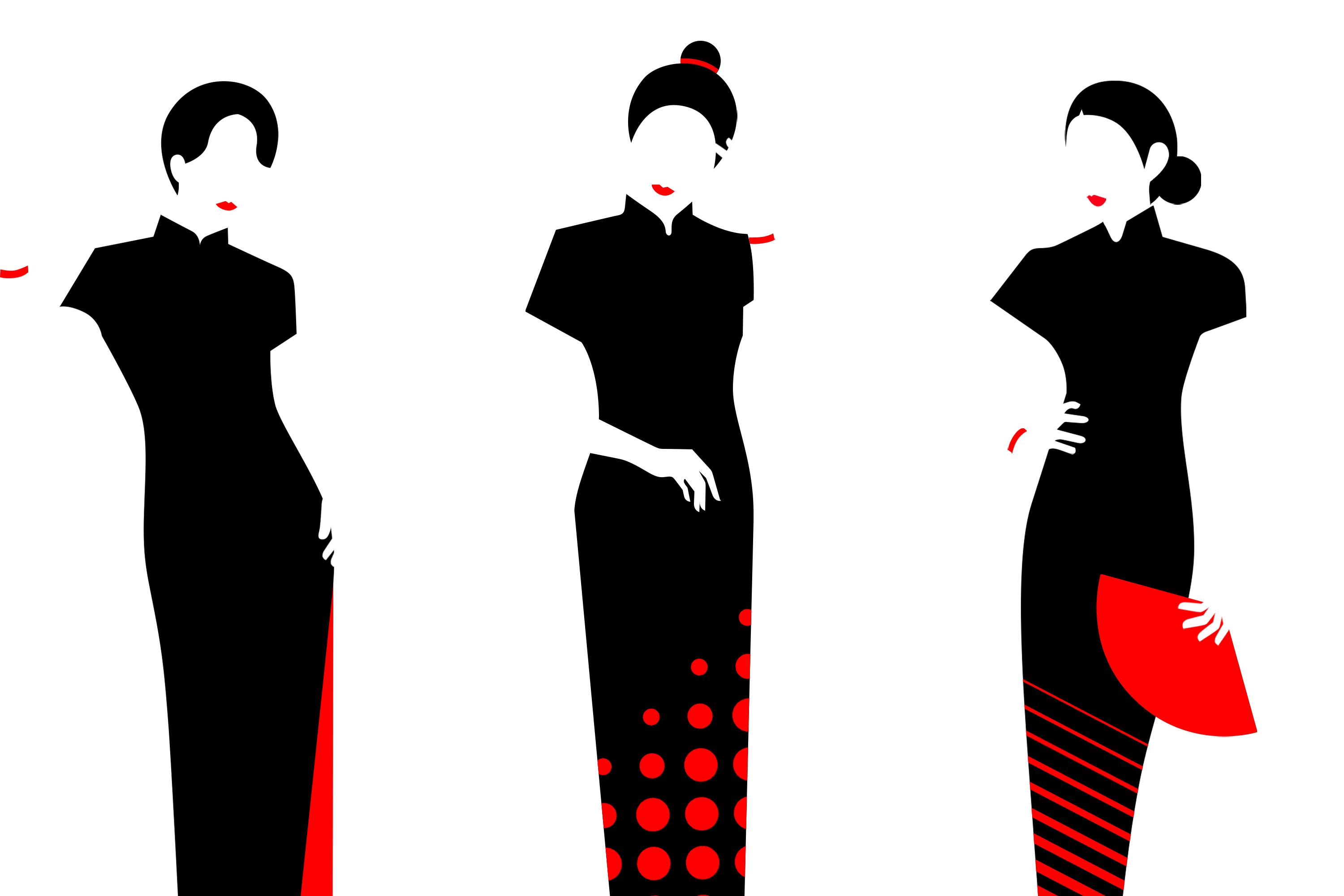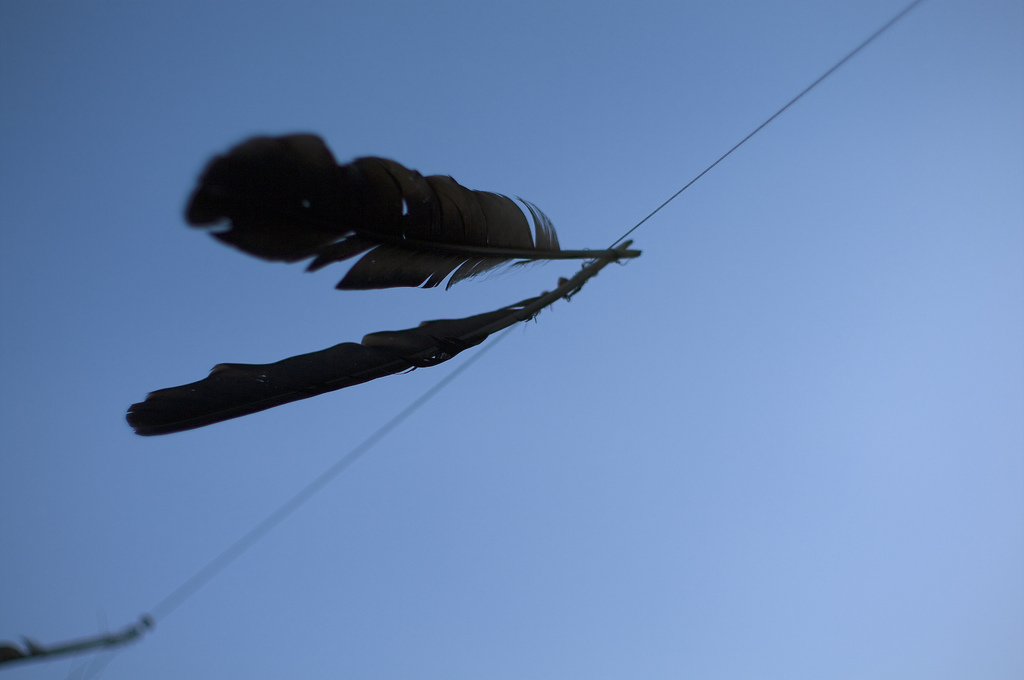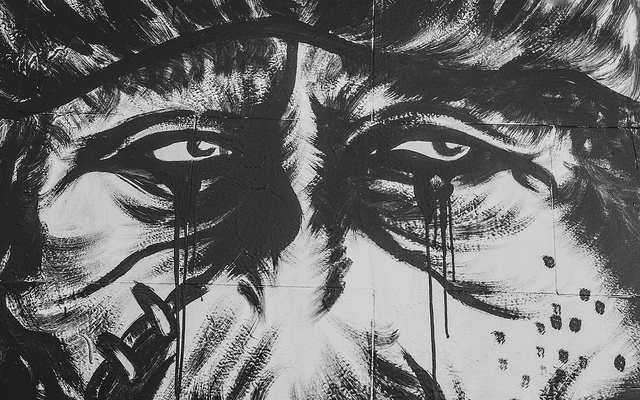
There’s something familiar about browsing through vintage clothing markets, flipping through hanger after hanger, waiting for each rack’s contents to slowly reveal themselves. There it is again: a qipao, wedged between a patchwork dress and some satin gown. I can’t tell whether it’s the frequency illusion (seeing something for the first time, then consequently seeing it crop up everywhere), or whether this dress is truly making its way into the arsenal of the trendy city girl.
Either way, something about the qipao, here, strikes me as odd. Of course, there is the association of the dress with being Chinese. To me, the qipao occupies the space that was simultaneously childhood Lunar New Year costume and chic formal dress, in their respective garishly festive and meticulously tailored renditions. In a London flea market, however, its presence seems incongruent. It’s not only the unfamiliarity of perceiving it amongst everyday articles of clothing — it’s also the awareness that, to many a person, the qipao is representative of my cultural identity and tradition.
A garment of mixed roots, the qipao stood at the crossroads of 20th century nationhood. Since first emerging in Shanghai in the 1920s, it has remained a high-collared, front-buttoned dress despite its many iterations. One entry point into the origins of the style is in its name ‘qi pao’: qi (旗): banner; pao (袍): robe. The Banners were a socio-military institution under the Qing, who were distinguished as their own class and served as a pillar of Manchu pride. It is somewhat surprising that the qipao, a dress inspired by the styles of Manchu women, was conceived during Republican China. After all, this was a Republic built upon a Han Chinese nationalism, which resisted Manchu customs. Besides its ethnic history, the dress has also been associated with gender: the one-piece contour of the qipao resembles the men’s dress changpao, the long robe. This new style was a departure from the more complicated two-piece blouse and skirt familiar to Han women until 1921. Even now, my mother uses the term cheongsam, the equivalent of changpao in Cantonese, interchangeably with qipao. When the dress was eventually designated by the Republic as a national outfit, it reinforced the garment’s role as the feminine counterpart to the Republican male robe. From its conception through to the present day, the qipao continues to be intertwined with identity.
The features of the qipao were never concrete either. The first styles had greater coverage and were more loose-fitting, boasting angular cuts and bell-shaped sleeves. Moving into the 1930s, an increasingly recognisable qipao appears. The iconic short sleeves, slide slit, and close fit emerged in this era. I’ve seen this qipao in richly coloured calendars and cosmetics posters, returned to this epoch in a museum scene. In the decades after 1949, the dress found a new life in the relocated tailor shops and bustling commerce of Hong Kong. I think when people say that the qipao makes demands on the wearer, they are referring to this silhouette. Further adapted to hug the figure, this qipao was made using tailoring darts to ensure that every curve was on display. Afterwards, its complicated knots were replaced with metal buttons or zippers, rendering the dress even more wearable as everyday attire. With its many silhouettes and textures, there has never been a definitive, classic ‘qipao’.
As an outfit, the dress lives somewhat in the imagination. The Shanghai ‘Modern Girl’ of the 1930s was always qipao-clad. This qipao, situated comfortably in the urban world, ushers China into the modern age. The ‘Modern Girl’ navigates her way through the neo-classical shores of the Bund and the dimly-lit alleyways of the Old City, attending a clandestine meeting here or there. The qipao, on her, is alluring but dangerous – she represents both a lively modernity and the condemnation of its decadence. This dress was visible at all occasions, big and small. As formal attire, it appeared at diplomatic meetings and high society gatherings, representing the apex of new Chinese society. It was also native to Shanghai’s nightlife, featured on dance floors and many a street corner. These were two sides of the same coin: elegant patriotism and tantalising femininity. And in its representation of the modern Chinese woman, the qipao itself became both contemporary and timeless. A 1934 guidebook to Shanghai states: “The collar on a Chinese dress always has been and presumably, always will be.” To me, the outfit is a personification. In contemporary novels and new period dramas alike, the qipao is at the centre of a colourful, long-gone Shanghai that washes into view.
The iconic garment also finds itself in frames, the best vintage. Wong Kar Wai’s 2000 film In the Mood for Love depicts a broody 1960s Hong Kong. Several families live in the same flat, people cross each other in narrow, damp stairways, and women wear the qipao. This is a time that is familiar to me only via sepia photographs and my grandparents’ recollections. My grandmother fondly recounts to me her own 20s — how her waist was the same width as my grandfather’s handspan. This was Hong Kong in the 1960s; I think she must have worn the qipao then. The qipao embodies a kind of nostalgia – a slender woman with carefully coiffed hair and embroidered slippers.
At different spatial and temporal junctures, the qipao has been defined and redefined. In many ways, the dress was an evocation of the city that created it: Shanghai. A seductive, exotic treaty port, Shanghai was foreign to those both within and outside of China; it was a lone city. To the outsider, the city and the dress were quintessentially Chinese, but also completely modern inventions. Both were products of consumption, trade, and modernisation – glittering Western gifts to the ‘Paris of the East’. Simultaneously, they represented all the imaginations of the Orient: a classical culture forced into the modern age. Yet, to the early People’s Republic, the dress might have been a memory of an uneasy past and blighted present: imperialism and the corrupting decadence of the Republican era. The qipao is not the five thousand year civilisation that claims ‘Chinese’-ness, nor the revolutionary woman of virtue and nationalism. As the dress passes from grandmother to grandchild, from suitcase to wardrobe, it accumulates layers of meaning. Just like the memory of 1930s Shanghai and 1960s Hong Kong, the garment is tied to a type of retro-modernity. Through the qipao, I see fragments of the past continuously re-crafted in the present. As the dress evolves over the years, it shows that neither places, memories, nor periods have hard and fast boundaries.
Today, you might find the qipao within the lexicon of cultural discourse. It’s 2018, and there is a new controversy on Twitter: is wearing a qipao as a prom dress cultural appropriation? One user argues that to be “subject to American consumerism and cater to a white audience, is parallel to colonial ideology.” Another responds: “You don’t speak for my culture.” The qipao of the West maps out an oriental woman that is demure and mysterious. Perhaps she can be identified by the chopsticks in her hair, her cryptic Far-Eastern language, or the heart-shaped cut-outs on the front of her dress. The qipao, a garment that has evolved to be distinctly feminine, overlaps with this sexualised version of the Orient. And even in Republican Shanghai, the qipao was crafted under the double vision of Chinese and Western imagination. Now sucked into the fold of fast fashion and quickfire trends, none of these associations have been forgotten. The Chinese diaspora that identifies themselves with the qipao also grapples with what this dress projects onto them.
Importantly, the qipao does not merely function within and for the Western gaze. The garment may attempt to define a distinctly contemporary ‘Chinese’-ness, but it has not gone uncontested. To be broadly accepted as an extension of identity, the qipao requires, firstly, to be defined as Chinese. Yet on the mainland, hanfu is the growing subculture. Hanfuis directly related to its namesake, the Han people, and claims ancient roots. There is much historical diversity in its several thousand years of existence, but advocates for hanfu argue that the cross collar and the lack of buttons are its unique, identifying traits. Meanwhile, the qipao is increasingly rejected as a Manchu remnant. However, as an ethnic dress, hanfu neglects the multi-ethnic dimensions of China. To recognise it as the sole traditional attire would assume an unbroken uniformity in the nation and its people.
On the other shores of Chinese identity, the qipao slips through the peripheries of these debates. It is not just a formal dress, but also an emblem. It is an imagined type of glory that existed in cosmopolitan Shanghai and the burgeoning global hub that was post-war Hong Kong. My mother walked down the aisle of a church in a white cheongsam on her wedding day, and has a few in her wardrobe — but these are mostly reserved for fancy occasions. Some of my friends’ uniforms were qipaos at school, but all they remember from it is the constriction of the fitted tunic and the buttons across the front. We understand it this way – the qipao is neither a crucial link to faraway roots nor a blank slate. Instead, it is an idealised femininity wrapped up in nostalgia, as well as an acknowledged signal of cultural heritage. The qipao might find its way into our clothing repertoire, but it may not be a fundamental part of us.
I want to wear the qipao for a special occasion, if only because it is beautiful — but there is a lens on this piece of clothing that I can’t shake. I can’t stop thinking about whether this is a performative type of Chinese-ness, especially when I am not in Hong Kong. Do my face, my eyes, my nose, my hair, and my Chinese body in a qipao, function as its official stamp of authenticity? Like the way I was drinking tea in a Chinese restaurant and someone walked past me and said ‘You’ve got to do it the traditional way, don’t you?’ Must wearing the qipao also bring upon me all the weight of its history? Can I pick and choose from the variety of implications that the qipao carries?
I wonder if I represent the qipao more than it represents me.
To what extent are these ideas — identity, tradition, authenticity — threaded into the qipao itself? The qipao is certainly not a one-size-fits-all. As fashion, as costume, and as national dress, it is tangled in layers of meaning that multiply across time. The qipao that attempts to define a singular Chinese identity is bursting at the seams.
For me, the qipao is still too close to home to merely be an item of fashion and too jumbled in associations to be a symbol for identity. Instead of restricting the meaning of this garment to just one, the qipao can serve as a space for all these changing connections between clothing, culture, and history. Meanwhile, a tentative space in my wardrobe awaits.∎
Words by Michelle Chan. Art by Dowon Jung.







